We’ve been following The Conduit for quite some time, posting all the way back in September that composer Diego Stocco would be responsible for the score. While we didn’t dig too deeply into Stocco’s resume at the time, we were sure to do so when preparing for this interview, and we discovered some interesting tidbits about his career. It turns out that Stocco works for Spectraonics and is the man responsible for the burning piano that we were raving about when Omnisphere was released last year.
While the topic at hand is The Conduit and Stocco’s approach to the score, we do take some time to geek out and discuss some techy issues like his work at Spectrasonics, the use of presets, and the ever expanding universe of sound. Deep stuff, I know, but it makes for an interesting read.
Read our interview with Diego Stocco after the jump.
OSV: Diego, thanks for taking the time to speak with us regarding your work on The Conduit. We’re greatly looking forward to the game and your score. Can you tell us how you came to work on the project?
Stocco: I was contacted by High Voltage Software’s Audio Director Michael Metz. He heard my music on “Epic Textures 1,” one of the CDs of music for trailers that I produced for Epic Score. He wrote me that he really liked the fusion of sound design and music of my tracks and propositioned me to write the score for a new game they were working on.
OSV: High Voltage was pretty far along with the game before SEGA decided to publish it. I’m wondering what it was like working on the game without a publisher, and if things changed once SEGA was on board. Have you had to do any rewrites or take a different approach over the course of the project?
Stocco: It didn’t really make any difference to me since the direction for the soundtrack was already clear when we started. The feedback coming from High Voltage Software has been very positive since I sent them the main theme and from there I just kept producing track after track.
OSV: From what we’ve heard so far, there’s a lot of hybrid orchestral and electronic music in the game. What else can we expect from your work on The Conduit? Has it been a challenging project for you?
Stocco: You can also expect a lot of massive sounding acoustic grooves and drums. The cool thing is how these various elements move together along with the game. Since it’s a fusion of musical parts and tonal elements you are always immersed in sounds that evolve together and underline your action.
OSV: Did you have any specific inspirations for the score for The Conduit? Did you rely on game assets, or were you writing music before those were available?
Stocco: Michael Metz was providing me graphic material and videos from the game. It helped a lot to see the different types of enemies unveiled during the game. I wanted to establish a correlation between the size/aggressiveness of those enemies and the intensity/complexity of the soundtrack.
OSV: What kinds of tools are you using to create the music? Are there any sample libraries that you’ve found particularly useful? I know you’re one to create your own unique sounds, so I’m wondering how that came into play on this project.
Stocco: My main system is Pro Tools HD with a small selection of virtual instruments and plug-ins. I mainly work with audio material and use Pro Tools as a musical tool where I can perform all sorts of edits in real time.
As far as instruments, I rely on Stylus RMX for loop based material. Besides Atmosphere and Omnisphere for which I worked on, I use the GForce ImpOSCar for its great filters and timbre. I love the NineVoltAudio guitar loops libraries and I use various sample libraries with ethnic instruments. Outside of using the computer I have a set of microphones, portable recorders and many acoustic/electric/electronic musical toys and devices.
Also for The Conduit I assembled some strange instruments. For example, I built a “contrabass” out of a big metallic heater. I used that to record grungy bass lines and transitional effects. I combined an old signal generator with an optical theremin to create wild electronic sounds and huge booming basses. Plus other unusual reamping techniques, like a megaphone pointed inside a small kick drum used as a resonator.
OSV: Can you tell us how many minutes of music you’ve created for the game? We already know that there will be a soundtrack album released, so will all of the game’s music be featured on it?
Stocco: I don’t know yet the precise number of minutes but I know that the core tracks will be included.
OSV: There is a remix competition currently going down, and one of the rewards for winning first place is a spot on the official soundtrack album. Music is often used in the film industry as a promotional tool, but not so much in the gaming industry. Did you have anything to do with this competition? Will you be judging?
Stocco: I heard about it but we didn’t have a chance to talk about the details yet.
OSV: The Conduit is shaping up to be one of the biggest games on the Wii. Can you comment on what the project means to you and your career? We’ve noticed that most of your music in the gaming industry has been used for promotional purposes, so I’m wondering if we’ll be seeing more of you in the gaming industry after this project.
Stocco: This was my first full score for a video game. It’s similar but somehow different compared to other works I’ve done before for trailers or compared to a film score. It’s been an incredible opportunity and I’m glad High Voltage Software decided to offer me this project. I’m interested in future video game projects and I surely welcome new opportunities.
OSV: Is there a game franchise that you’re particularly interested in working on? Is there a certain style of music that you’d like to be asked to write?
Stocco: I feel it makes sense for me to work on projects that can really take advantage of unique sounds. Soundtracks that keep the gamers very involved in the game thanks to interesting sounds. I think there are projects that could benefit from this approach, like games with a futuristic atmosphere, horror , fantasy, and in general for games where the music and the sound are organically interconnected.
OSV: One of the editors at OSV really likes your “Diego Stocco” logo on your website, which combines a D and an S to create an ear logo. It’s definitely pretty clever. Who came up with this, and what are your thoughts about how awesome it is?
Stocco: It was created by a very talented graphic designer based in Italy. He made it for me back in 2004 and his name is Osvaldo Casanova. He came up with that right away, no revisions. I was super happy when I first saw it.
I’m glad you guys like it! For me its level of awesomeness is still intact! 🙂
OSV: Browsing through your website, I saw the burning piano video, which I had seen last year when Spectrasonics was actively promoting the then-upcoming release of Omnisphere. It’s pretty amazing that you were the one responsible for this! Please tell us about this experience, and about any other interesting experiences you’ve had as a producer for Spectrasonics.
Stocco: My collaboration with Spectrasonics started in 2001. I had some ideas for cinematic sounds, so I created a demo and sent an e-mail asking if they were interested in listening to them. Eric Persing invited me to L.A. to talk more about it and from there we started to collaborate. I’m one of the main sound designers for Atmosphere, Stylus RMX and Omnisphere. I created tons of ambiences, cinematic grooves and synth sounds. There’s been a progression in my creative process. For Atmosphere my sounds were mainly electronic with few exceptions, like an ambience called “Romeo and Juliet” that was based on a harp sound, and a few others created with an acoustic piano and other traditional instruments.
For Stylus RMX I started to shape grooves out of noises around me, like the noise of the fan of my G3 and by using non-musical objects. For Omnisphere I went totally crazy and did all sorts of experiments like the burning piano. For the drying rack, I built a bass out of a vintage bedside table, another instrument called Typosonic out of a typewriter and many sounds based on organic sources, like water and cornflakes for example.
OSV: Do you use presets? I have a lot of friends who complain when I use presets, and since you’re one of the people who create these sounds for me and others to use, I was wondering what your take on this was. Do you think we’ll ever run out of unique sounds to use in the music world?
Stocco: I don’t use presets too much, but I don’t have anything against them. From a developer point of view I can see presets as a starting point that can be used to learn more about the instrument. From a sound designer point of view I find it more interesting creating new sounds all the time. My way of composing relies a lot on the sound, both in the acoustic and electronic world. I always compose and design sound at the same time with no clear distinction between these two phases. To answer the second question, I don’t think we’ll ever run out of unique sounds. I personally have a big growing pile of ideas that I’m working on and there are also other talented sound designers out there. New synths and technologies also will help to keep the creative process going.
OSV: You’ve worked on a large number of films, games, television projects, but I was hoping you could tell us about some of your solo work and work on records. Would you say that you write this music for yourself? Do you think it’s important for game, film, and television composers to take a step back to write music for themselves sometimes?
Stocco: In the past years I didn’t really work too much on records. I released only one album by myself and participated as arranger or producer for others. I’m more active now. I’m releasing albums online, and I love the fact that I can decide to have a project that is only 4 tracks, because if it makes sense to have only 4 tracks there’s no reason to produce 6 other tracks that are inferior in quality just to fill up a CD. As I’m writing there are two albums available, “The Broken Suite” and “Cold Cornflakes” Suite for unprepared piano: http://diegostocco.bandcamp.com/
I think it’s important to write music as a way to experiment new ideas and learn something new, if time permits. It can be an opportunity to write a piece of music that would not feel in any specific project, but still worth investing some energies.
OSV: We read in your bio that you were born in Italy in 1976. I don’t know how long you were there, but I wonder if you were exposed to the European demoscene at all? We’ve noticed that a lot of sceners have gone on to do great things in both the music and gaming industry, so I was curious. Even if you weren’t involved, are you at all familiar with the demoscene, and do you have any favorite artists?
Stocco: I have a friend that was into that. He was showing me demos on the C64. Personally I didn’t have the programming skills to create a demo but I spent a good chunk of hours on my C64 trying to make sounds out of it. I don’t remember any demo in particular but I remember the sounds as those were attracting my attention a lot.
OSV: Can you tell us what you’ll be working on next at this point? Any new games lined up that you’re able to talk about?
Stocco: I have some other film projects in the works, writing more music and putting together new instruments. I usually don’t speak about them because I like to present things in the proper way once finished. I’ll keep you guys posted.
Thank you for the interview.
Tags: Diego Stocco, Electronic, High Voltage, Interviews, Omnisphere, SEGA, Spectrasonics, The Conduit, Videogame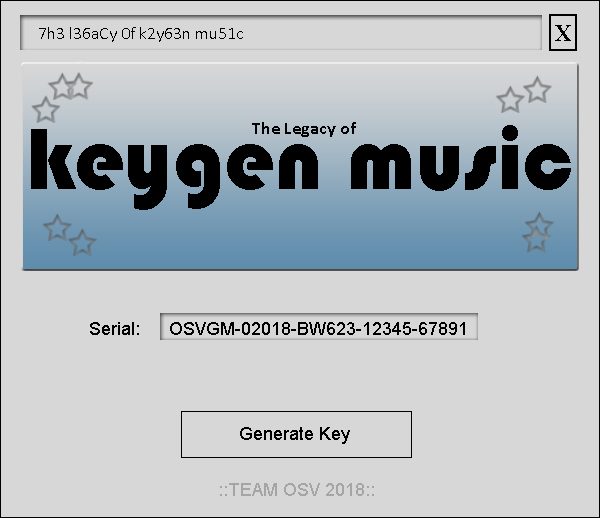
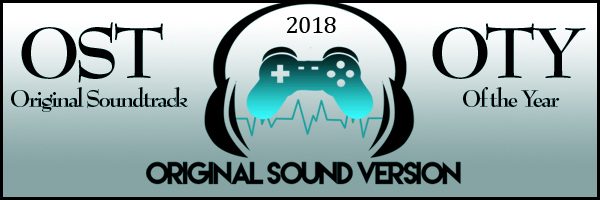
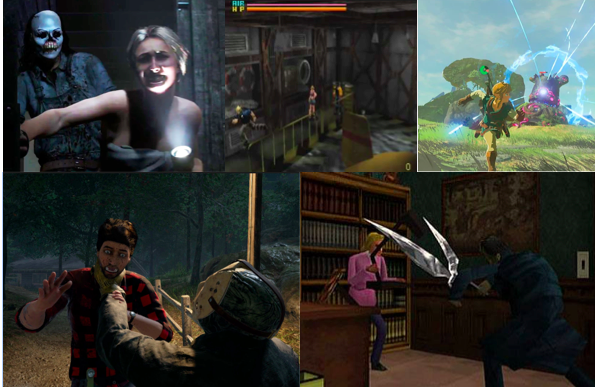
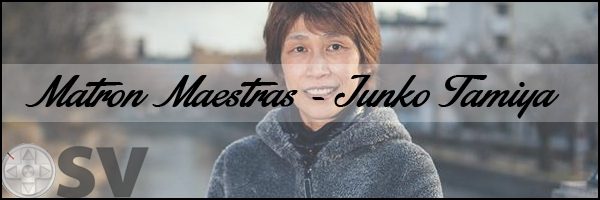
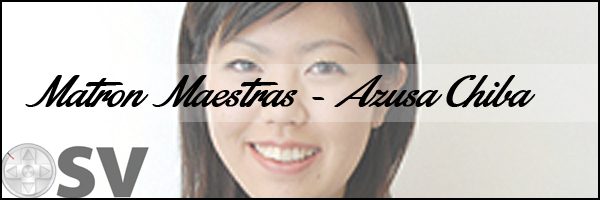
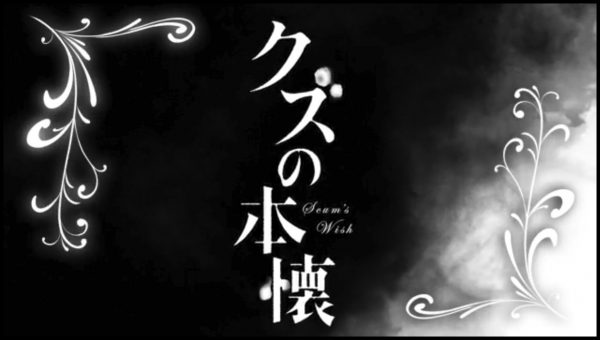
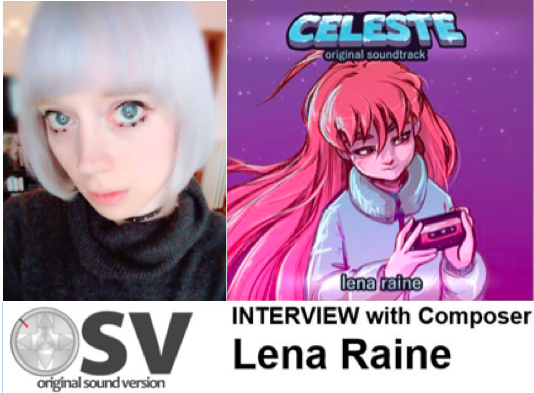

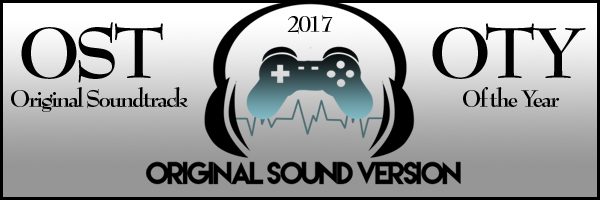
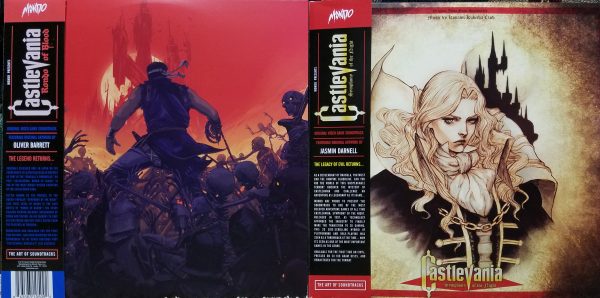
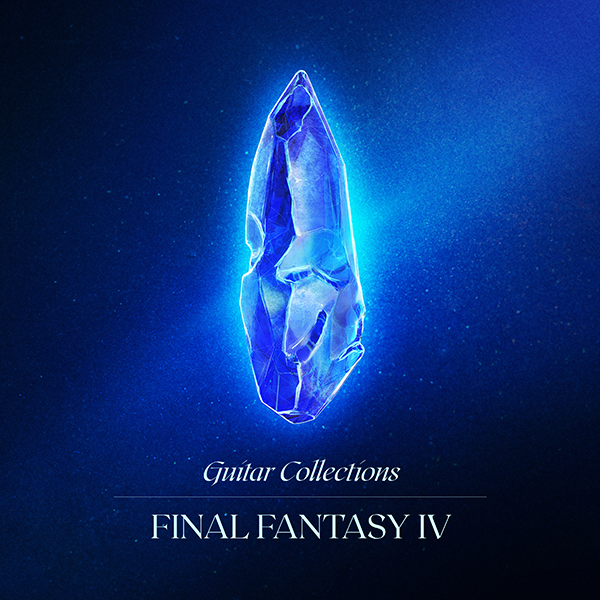
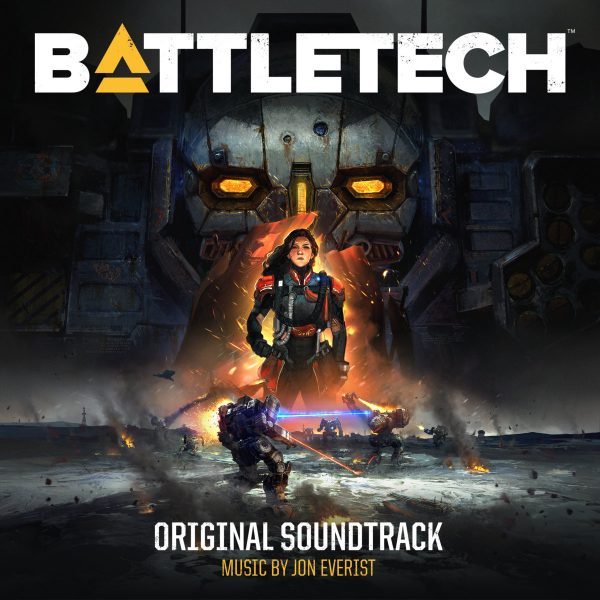
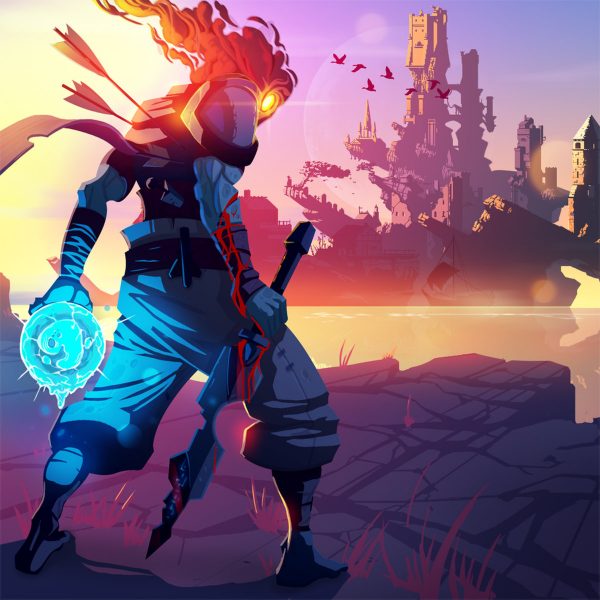
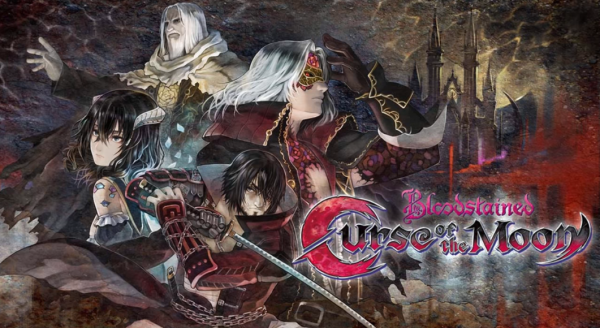
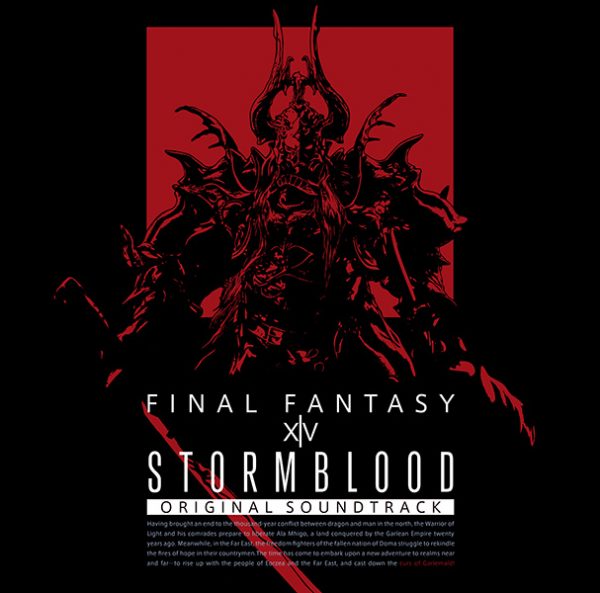
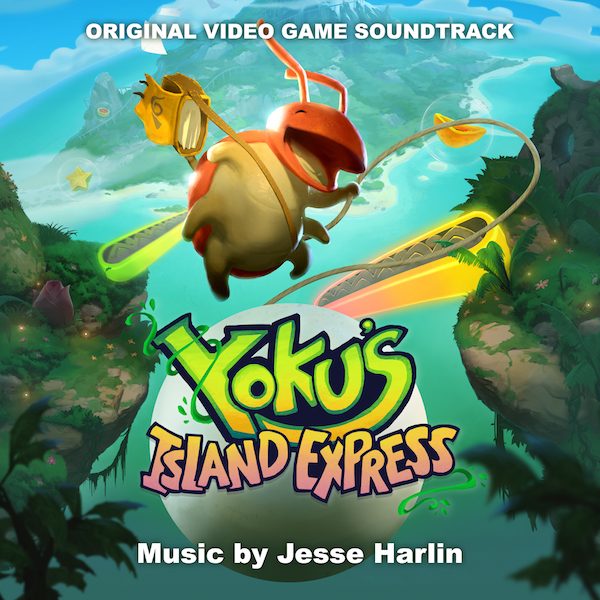
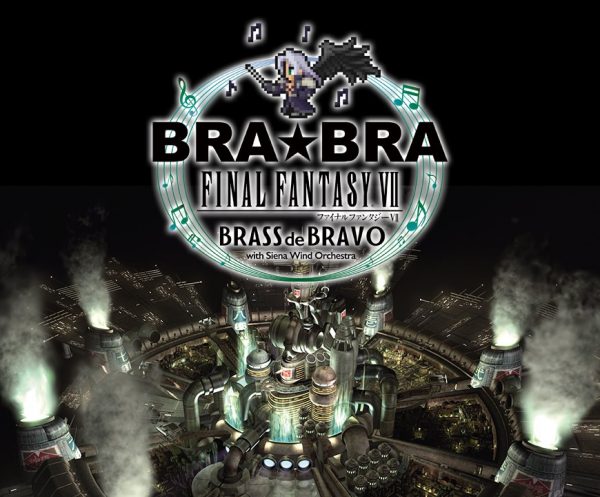
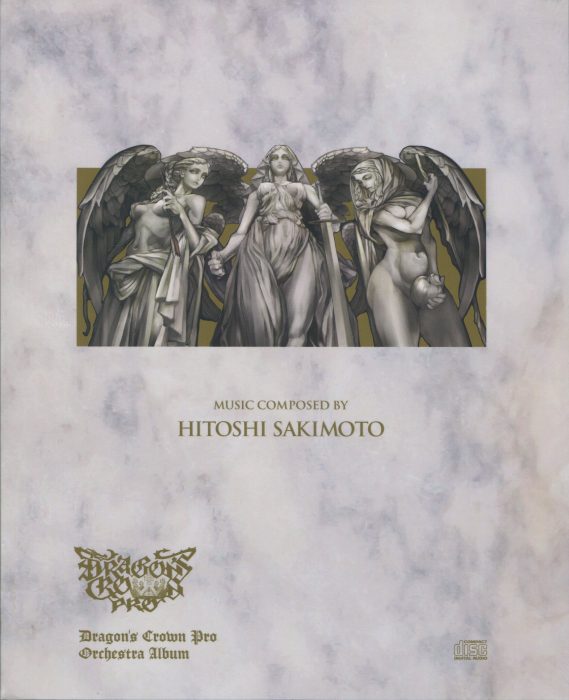
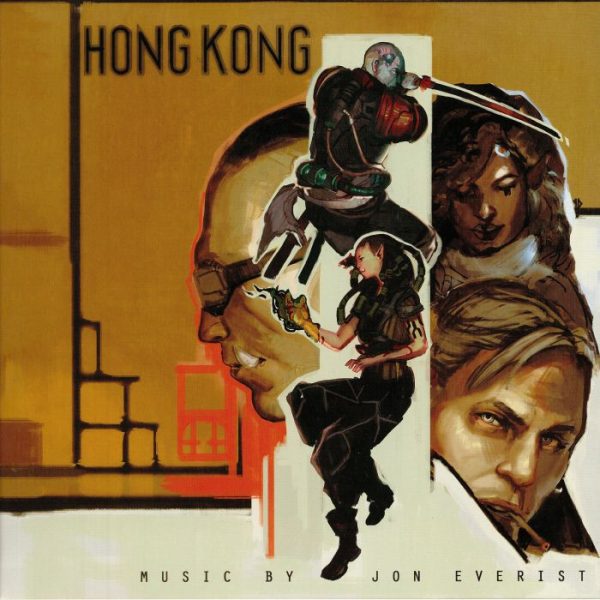
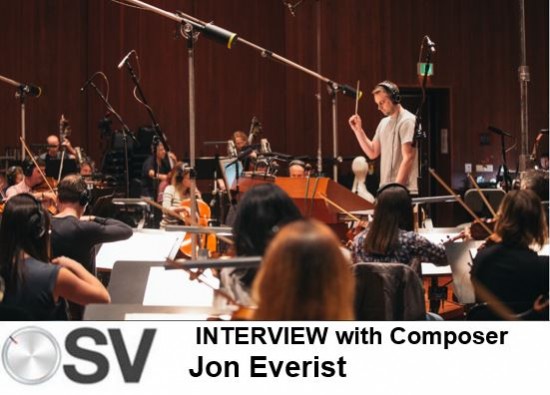
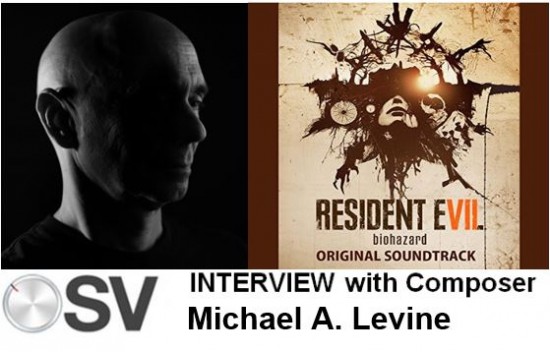
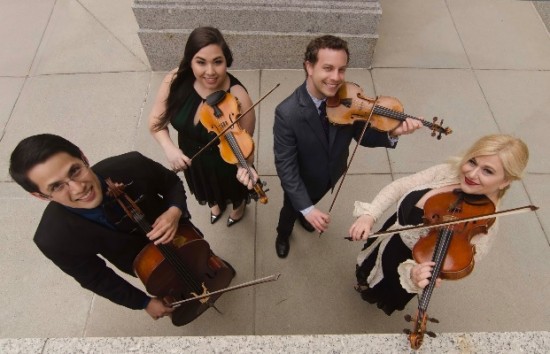
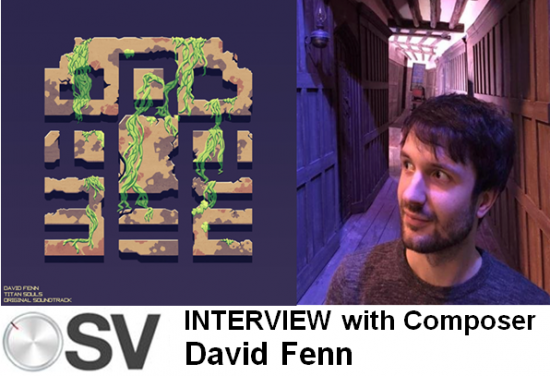
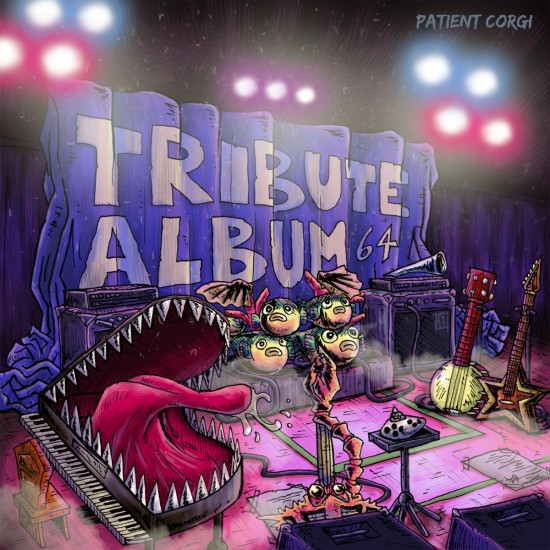
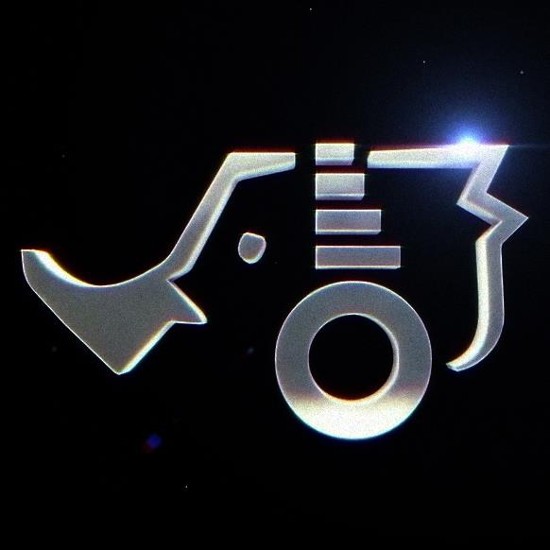
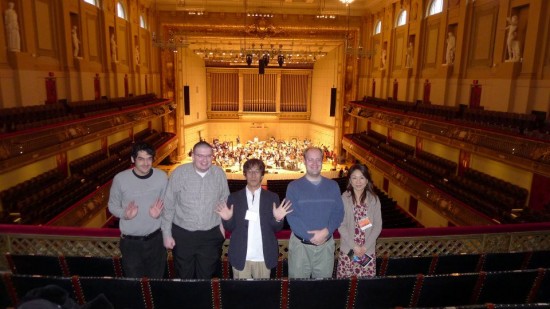
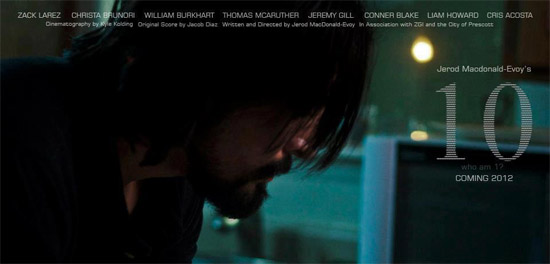
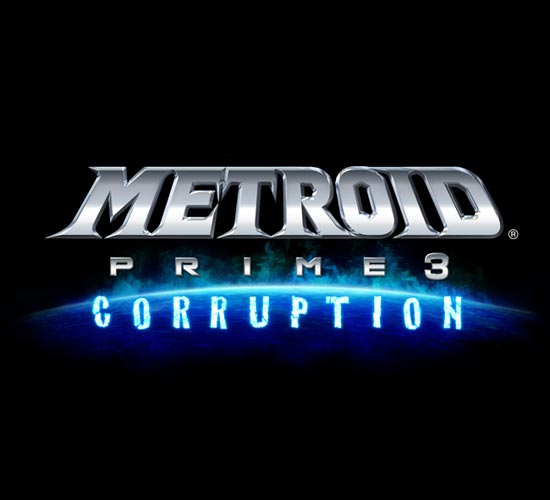


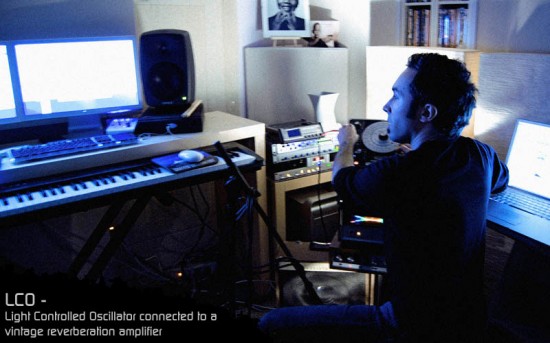
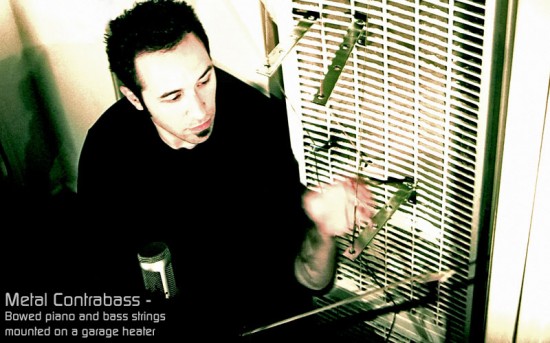
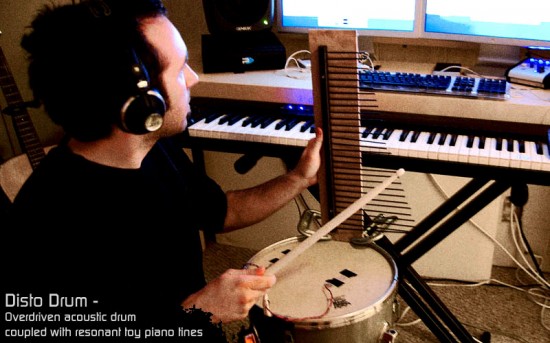

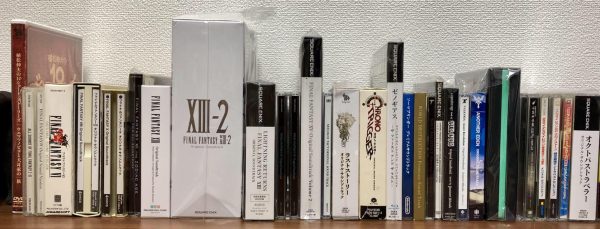
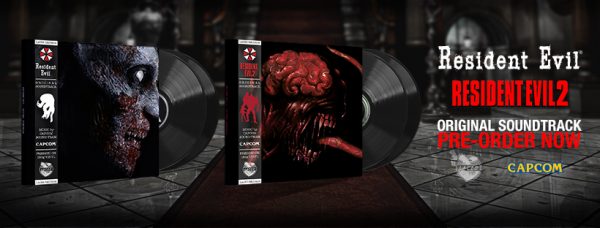
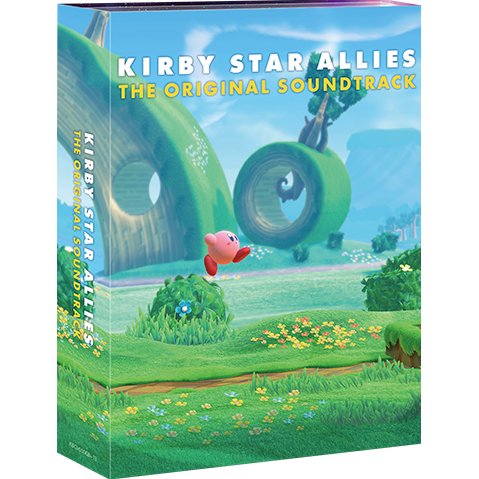
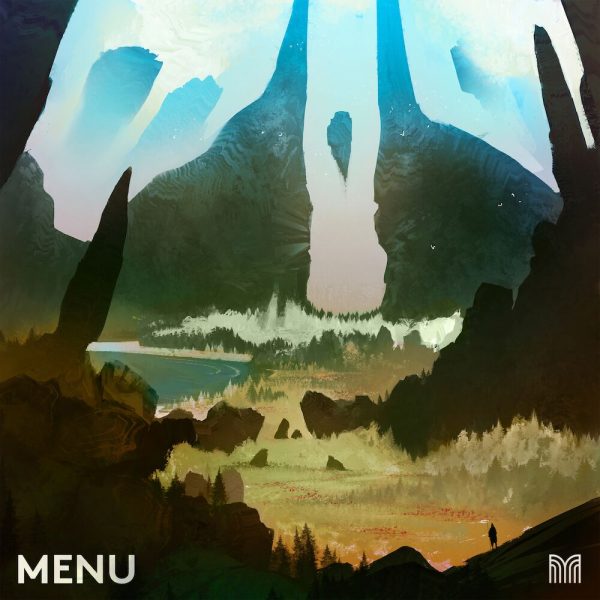
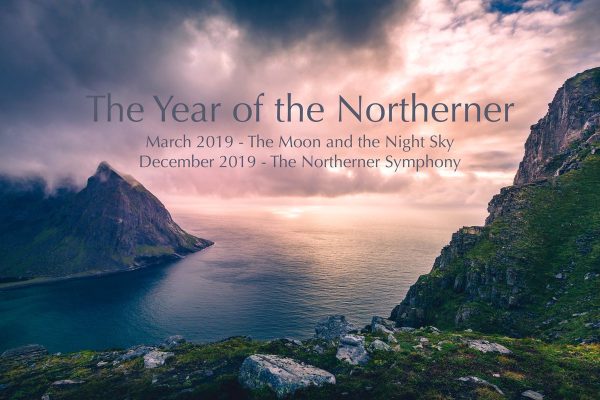
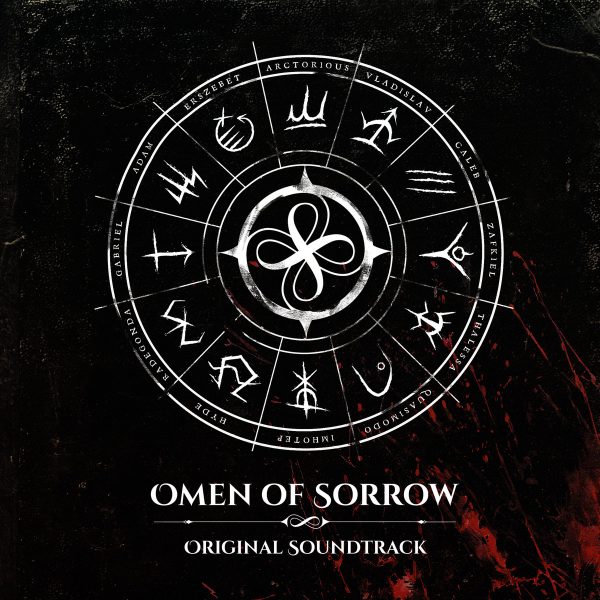
Cool. I’ve wondered about trying the 9Volt guitar stuff for some time. Guess this is a top notch recommendation! Question though: does Diego use them in RMX? Sound as though he does…
Russ
[…] noi hanno utilizzato in software come Atmosphere, Stylus, Omnisphere. Reduce dalla creazione della colonna sonora per The Conduit, sparatutto distribuito dalla SEGA per Nintendo WII e al lavoro per le musiche di […]